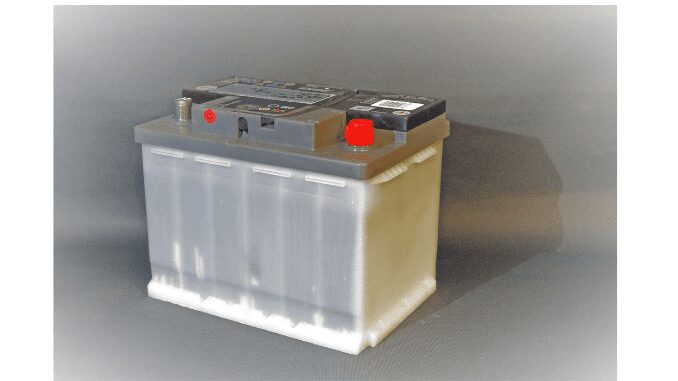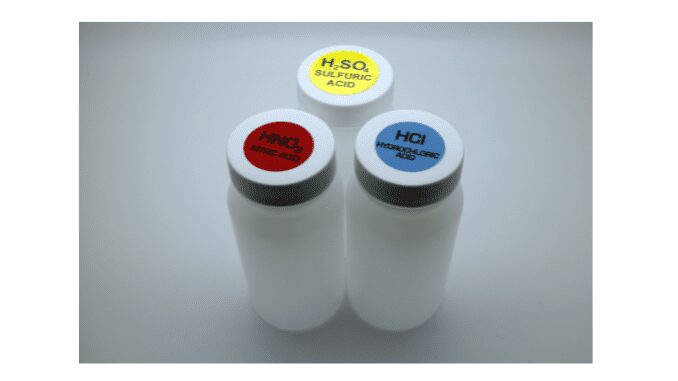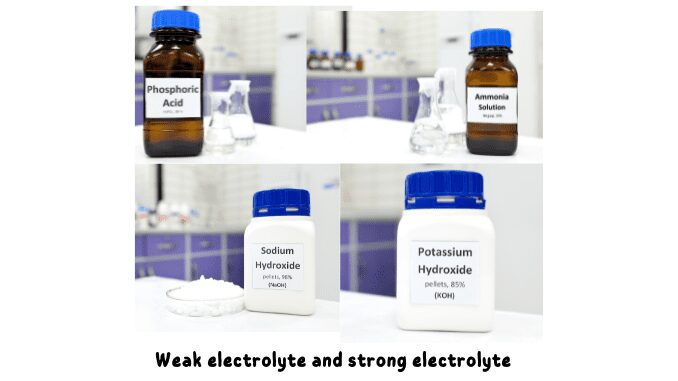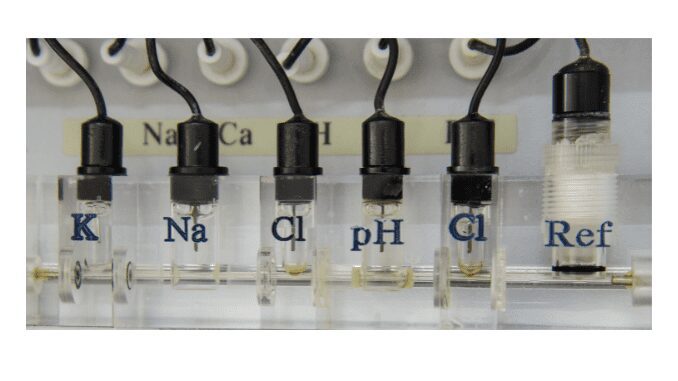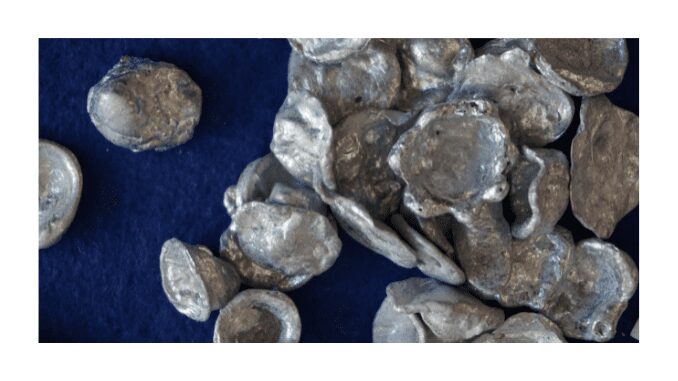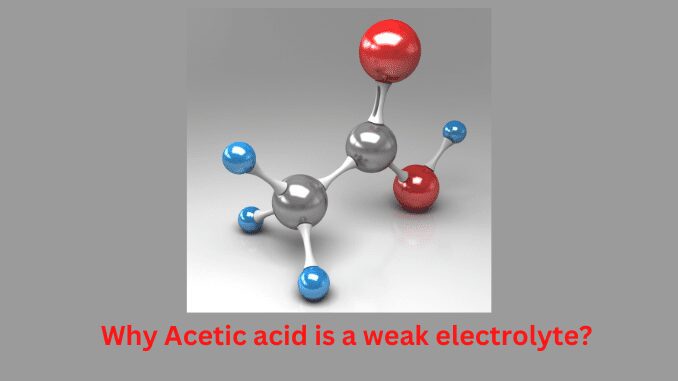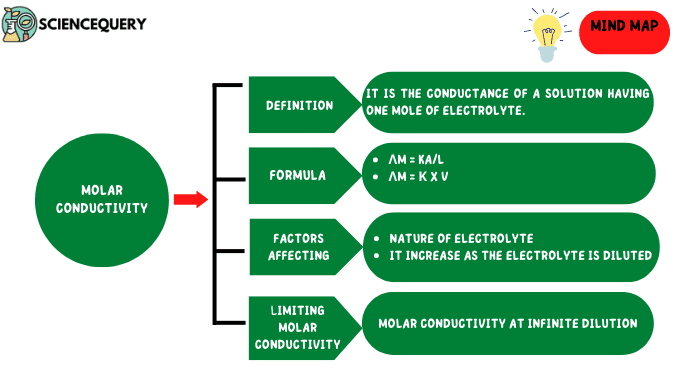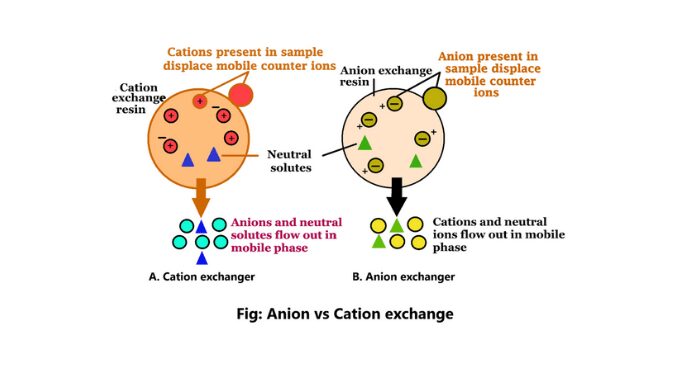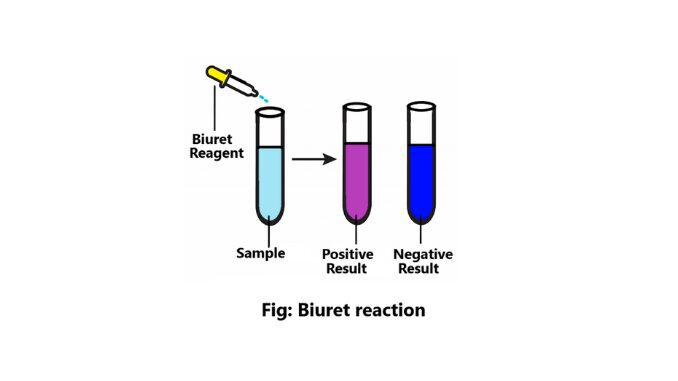Difference between electrolytic and galvanic cell
Introduction This article will tell us about the difference between the two types of cells: Electrolytic cells and Galvanic cells. Cells They are devices that either produce electricity or in chemistry, it is basically a setup or arrangement in which chemical reactions take place. Based on this difference cells are divided into two types : […]
Difference between electrolytic and galvanic cell Read More »

